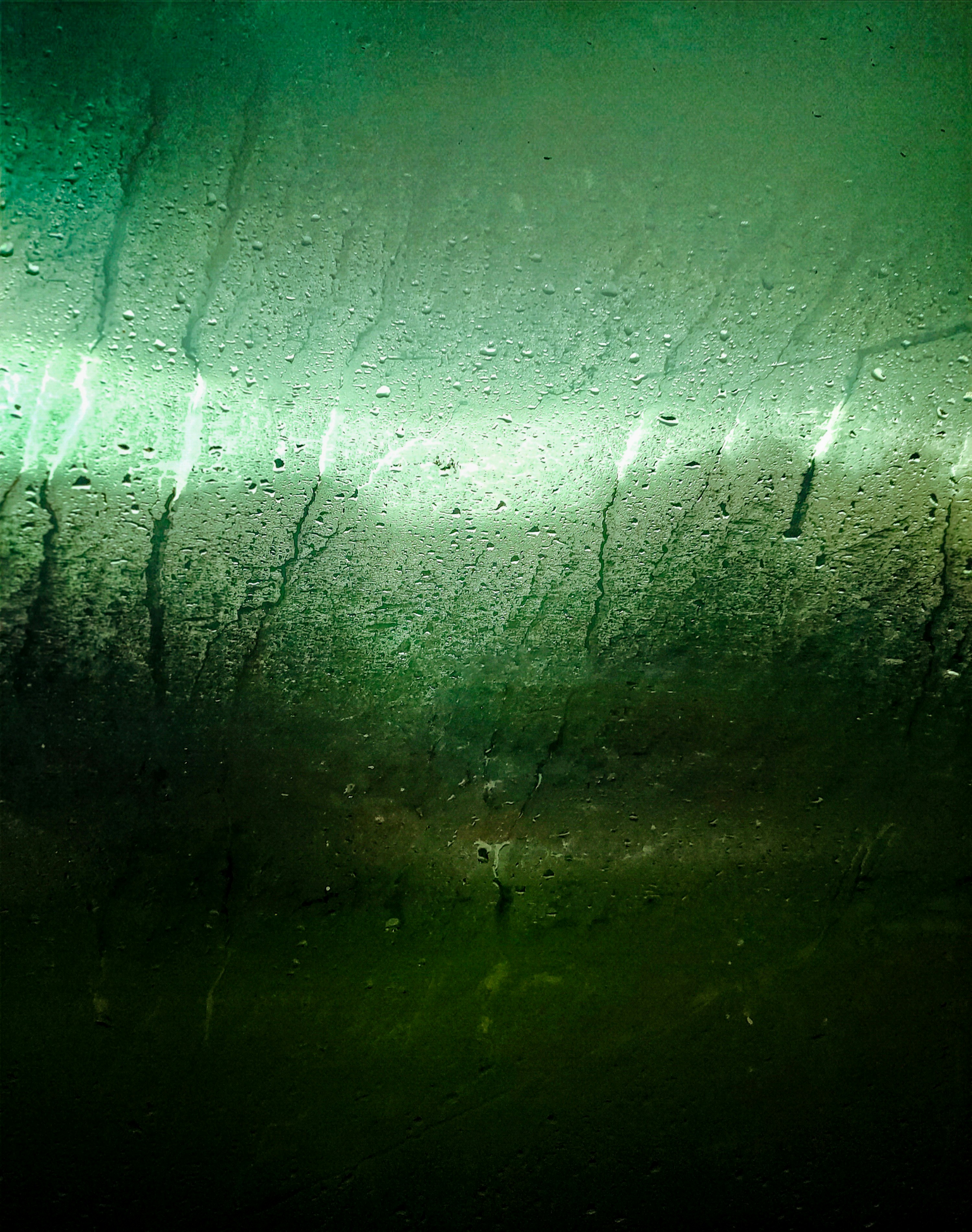How can be built a water collector at home?
We tackle useful DIY for next Autumn. In 2019 we wrote about how to repair a joint in the floor of the terrace to prevent dampness. Today we will learn how to build a rainwater collector in the house.
1. Priority actions in a context of increasing scarcity
In 2050, temperatures will rise and rainfall patterns will change. By then, climate models predict long periods of drought and extremely violent precipitation. The recent floods in Central Europe are a good example.
- Check cisterns and taps to prevent leaks.
- Save water
- Replace taps that may be out of order
2. Why I have to opt for a domestic water trap?
To achieve:
- To maximize: the use of every drop and turn rain - however scarce - into an ally.
- To obtain: -certain- autonomy with respect to the general water supply network
- To save: it is crucial because none of us has the necessary infrastructure to: make water drinkable, produce, transport water to the home.
3. Let's build the rain collector
In the following link of Instructables you have the list of everything you need and the steps we detail:
"3.1. Let's make the pipe:
- Take the pipe: make -with the drill- perforations in the lower part and in a surface of approximately one meter.
- Drill four holes: in each quadrant of the pipe, first at a distance of 1.2 meters from the end and then at a distance of 1.5 meters. Make sure that the spacing between the holes is even.
- Drill the four smaller tubes. Do this about 30 centimeters from the start and another about two centimeters from the end.
- Then fix the rings before, turn the tube 90° and drill again, now 50 cm from the beginning. Once you have done the operation with the four tubes, connect them with the tension strap through the holes you made at 50 centimeters.
- Place the small tubes around the central one: do it with the loops facing outwards.
3.2. Design and lay out the cover
- Following the cover, cut the waterproof fabric.
- Do this four times by making a hole in each corner.
- Join two pieces of fabric and sew through the ducts: repeat the operation four times.
- Place the fabric on the structure and make a hole in each of the four parts: from the funnel, to the lower area. We seek to bind them with string and leave them fixed to a heavy object.
- Place the cover.
- Screw the eyelets: located at the ends of the small tubes.
3.3. Wiring to secure the structure
- Attach: the four rings you had on the rings to the top of the four small tubes of the system.
- Hook: the ring with the hole you had made in each of the corners of the cover.
- Connect: each of the corners of the covers, with the shorter wires, to obtain a square shape.
- Connect: the larger wires.
- Stretch the net well, cut it because it measures 3×3 and fix it through each of the rings: do it, with the tension strap.
- Stretch the collector to tension the structure.
- Fix it to the ground: use the 4 meter cables by means of pegs.
3.4 Set up the tank
- Take the cover and make a hole in the center: it must be of the same diameter as the central duct.
- Fix three shelf supports around the hole to make the structure firm.
- Create the structure that will occupy the top of the tank: with the same size.
- Make a hole in the middle of the table with a diameter slightly larger than the central pipe.
3.5. Assemble everything
- Place the tank where you want it
- Screw it to the lid
- Put on top the structure that will cover it: you will have to fix it to the tank with tension straps.
- Drill some holes on the outside of the tank cover.
- Fix the central tube and stretch the wires to each corner to tie them to a picket and anchor them to the ground now we have stabilized the collector."
4. Epilogue data about water: consumption, price, and supply network in Spain and Europe
a) Water consumption in Spain per person and per day (in liters):
- December 2016: 136
- December 2017: 130
- December 2018: 133
- December 2019: 132
- January 2020: 132
- December 2020: 128
Sources: National Institute of Statistics and XVI National Study of Drinking Water Supply and Sanitation in Spain 2020.
In the years studied, the reduction in water consumption was -5.88% ... The rain projections towards 2050 speak of a "decrease of the order of -40% for the whole domain of the average annual precipitation, facing in the spring of the order of -45%, and in summer of the order of -75%". Source: meteo.cat "precipitation in Catalonia in 2050".
Given the huge difference between the predicted reduction in precipitation and the reduction in water consumption in the years studied we can conclude that in the near future it will be unsustainable to meet the current demand.
b) Consumption and price in relation to Europe:
In January 2020 Spain was the 12th state out of 28. European citizens spend at least 100 liters per personal consumption.
As for the price of water, adjusted to the cost of living, Spain is the penultimate state with 1.88 €/m³.
Source: iagua.es
c) The size of Spanish supply network
It is 5.29 kilometers of pipe per inhabitant, the 23rd State out of 28. Being short, it is cheap to maintain but is aging.
Source: iagua.es
We hope you are encouraged to make the collector!
Saving is the only way!
Translated with www.DeepL.com/Translator (free version)
